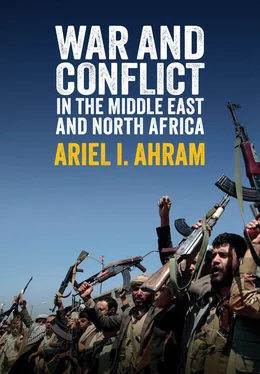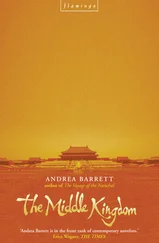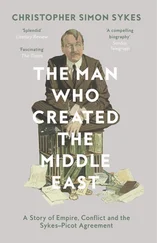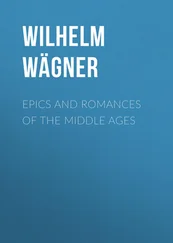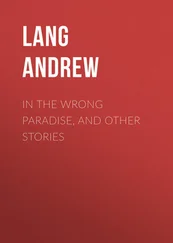Some analyses focus on the region’s natural resources, particularly oil. Economics – or, more crassly, greed – drives war. The region’s surfeit of oil and gas is a kind of attractive nuisance. This abundance of wealth elicits outside intervention that creates further destabilization. It also empowers autocratic regimes to repress internal enemies and combat external ones. Again, this type of explanation has purchase on certain cases, but leaves important questions unanswered. It says little about the Arab–Israeli wars, fought mainly by energy-poor countries. It also misses some of the important mechanisms by which oil affects regional politics and indirectly contributes to the propensities for violence.
A third common and problematic strand of explanation focuses on the clashes between the region’s ethno-sectarian communities. Identity is undeniably important in MENA’s politics, but no more so than in politics in any other region. Emphasizing specific proclivities for violence among ethno-sectarian groups verges on cultural determinism or outright racism. Worse yet, such arguments are empirically dubious. If identities are static and hard-wired, conflict should be constant and perpetual, not fluctuating. While there are many conflicts in the region, much of the violence occurs within ethno-sectarian groups, rather than between them. Moreover, while political violence is common, it is by no means incessant. To explain ethnic war, we must also be able to account for periods of peace and cooperation. In sum, while identities matter for conflicts, specific social and political conditions must also be present to activate and guide violence. The enactment of violence often solidifies identities, not the other way around.
This book takes a socio-political approach to the causes and consequences of war. The core premise is that war is socially constructed and socially constrained. As sociologists Miguel Centeno and Elaine Enriquez put it, war is a behavior that reflects “who we are, what we believe in, and how we live together.” 4War differs from other kinds of violence in scale and complexity. It requires unique and intensive organization and institutions. There are no armies of one. So-called “lone wolves” are a myth. Wars are fought by relatively large and distinguishable groups for political ends. But war also transforms the institutions and groups that it touches. Increasingly, the field of security studies seeks to consider and measure the destructive impact of war. Wars, especially civil wars, are often deemed a kind of development in reverse, with long-lasting and dire effects on life expectancy, educational levels, and economic performance. 5But war has had constructive social effects as well. It shapes culture, alters economic relationships, and spurs technological and commercial innovations. One of the most important impacts, and a key theme of the book, is how war changes states and societies. In some accounts, the very creation of states and their positioning as cornerstones of political order comes as an ancillary externality or side-effect of the conduct of warfare. 6
The first aim of the book is to probe the notion that MENA is exceptionally violent. To do this, it disaggregates the war in the region by frequency, form, and magnitude. Interstate wars, civil wars, and insurgencies are each conducted and organized differently. The intervention of outside powers complicates the picture further. Taking a cue from theories of human security, this book concentrates on two questions that are often overlooked: who fights and who dies ? The modes of conflict have shifted through the region’s history. Looking more closely and self-consciously at episodes of violence dispels the widely held view that MENA suffers a singular predilection for war. The violence in MENA departs from global trends in certain characteristics and dimensions, while in other respects it follows or even sets patterns that have become the worldwide norm.
Secondly, the book traces the connection between the progress of warfighting and processes of state formation in MENA, thus emphasizing the transformative role of war and conflict. The state, as German sociologist Max Weber famously put it in 1919, is a political entity that “successfully claims the monopoly over the legitimate use of force within a given territory.” States are in a unique and paradoxical position when it comes to war and conflict. On the one hand, well-functioning states are important guarantors of human security and world peace. On the other hand, states are also the main instigators and organizers of war. 7States face challengers within and outside their territory. Michael Mann, in a contemporary gloss on Weber, points out that most historical states “have not possessed a monopoly of organized military force and many have not even claimed it.” 8Economist Douglass North and his collaborators point out that states have a “comparative advantage in violence” – but states do not exclusively control force. 9The contest between states and their challengers is a critical social process that defines the frequency, form, and magnitude of war and conflict. Periods of state breakdown are often associated with intense and expansive violence.
Thirdly, the book aims to elucidate specific “conflict traps” in MENA. Conflict traps are social, economic, and political conditions that make war and conflict enduring features of regional politics. Understanding conflict in this way entails revisiting some of the oft-cited causes of conflict. Geopolitics, resources, and identity conflict affect the process of state formation and become channels for consolidating political and economic inequalities. These inequalities, in turn, help embed war and violence as a recurrent feature in regional affairs. This understanding also helps further explain the persistence of certain forms of conflict as well as zones of peace.
In an influential critique of scholarship about the Eastern (i.e., Oriental) world, literary scholar Edward Said noted how “[f]rom the beginning of Western speculation about the Orient, the one thing the Orient could not do was to represent itself. Evidence of the Orient was credible only after it had passed through and been made firm by the refining fire of the Orientalist’s work.” 10Scholarship resorted to binary distinctions between the East and West, which explicitly and implicitly overlaid normative categories of normal versus exotic, free versus subordinate, “us” versus “them.” This cultural tendency reinforced the drive for political and economic domination.
Heeding this warning, it is important to stress that the terms “Middle East” and “MENA” are neither indigenous nor inevitable. Rather, they are exonyms, terms applied by foreigners to describe an area they found strange and distant. Understanding the origins of this terminology is important for grasping some of the biggest drivers of political development and conflict. British and American officials coined the term “Middle East” around the turn of the twentieth century. It roughly denoted the lands between the Mediterranean Sea and Indian Ocean, comprised of the Levant, Arabian Peninsula, Iran, and Central Asia. Middle East replaced the older term “Near East,” which was often used to describe Christian missionary activities in and around the Holy Land. Most of the Middle East was under the rule of the Ottoman and Iranian empires, two of the great Muslim empires of the early modern era. This was a space that European powers saw as a target for subordination. North Africa, at this time, was a different story. Morocco, Algeria, Tunisia, Libya, and Egypt were already being transformed into European colonies by the end of the 1800s. European powers thus treated this area, referred to as the Maghreb (“the west”) in Arabic, as a separate region. Only in the mid-twentieth century did the unwieldy conjunction “Middle East and North Africa” became common. 11
Читать дальше
